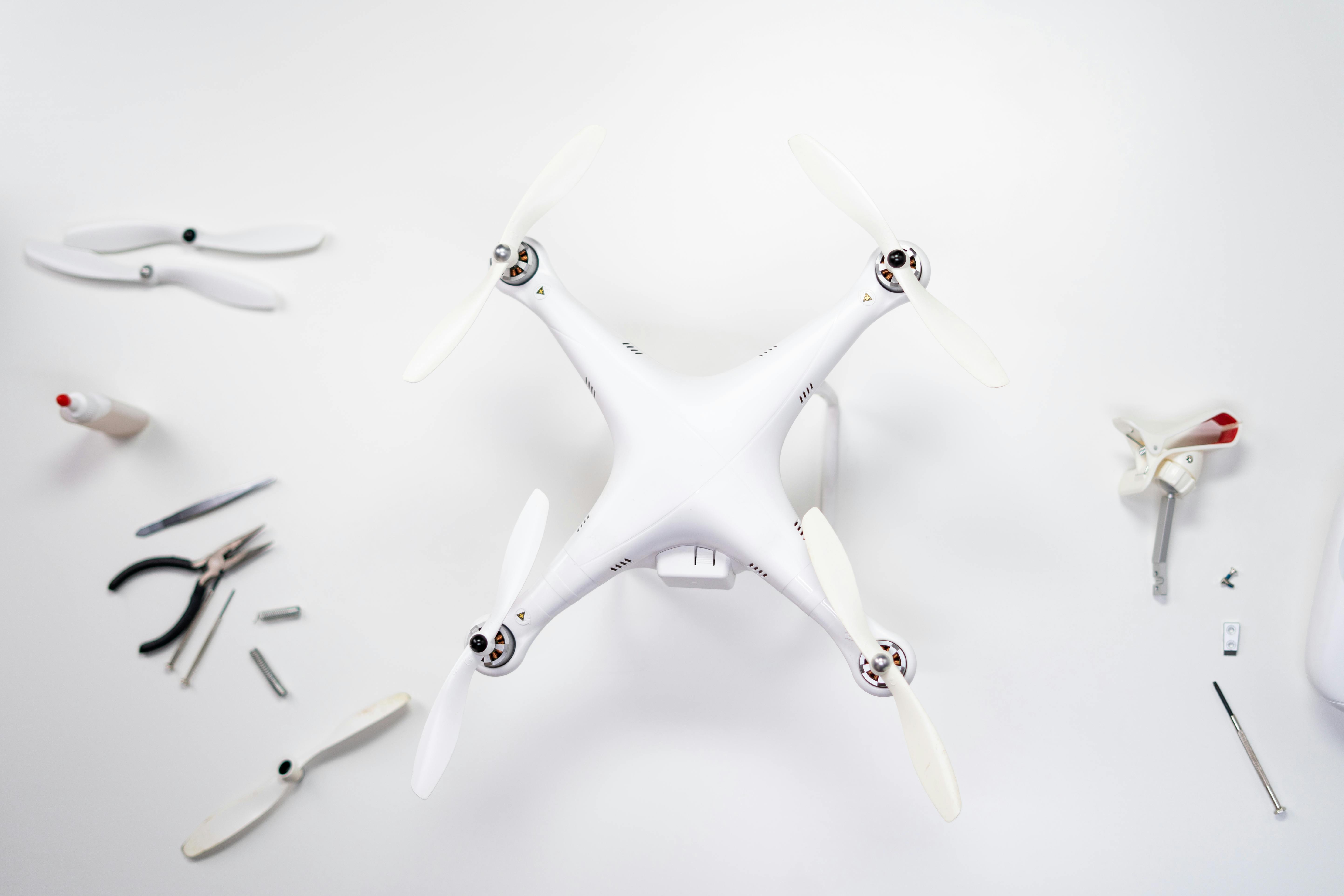Mixed media art is a type of work of art that uses various media. There is an important difference between “mixed media” artwork and “multimedia art.” Mixed media means a visual artwork that combines numerous traditionally unique visual art media. To give an example, a work on canvas that mixes paint, ink, and a collage may appropriately be called a “mixed media” work, but not a work of “multimedia art.” The term multimedia art indicates a broader range than mixed media, fusing visual art with non-visual materials (including recorded sound, for example) or with elements of other arts (such as literature, theater, dance, motion graphics, music or interactivity).
What we all know today as mixed media art began in the early 1900s, when artists seeking a substitute for what they saw as closed academicism began to include things and images that were not considered art materials in their works. . Examples of everyday materials included in ceremonial or aesthetic objects can be found dating back to prehistoric times, however these were produced for different reasons and served quite a different social purpose compared to the objects we all refer to as ” art”.
Picasso’s Still Life with Chair (May 1912) painting is often considered the first modern collage, it is actually an assemblage of oil paint, oil cloth, glued paper, and rope, making it a three-dimensional bas-relief work. . The first paper-only collages, on the other hand, were made by Braque in the summer of 1912, when he used wood-textured wallpaper in a series of charcoal drawings. After a brief hiatus in collage activity, the art scene of the 1920s saw the arrival of the remarkable set of personal expressions by German Dada artist Kurt Schwitters achieved in collage and assemblage. He arranged papers that he found every day, as well as things of all kinds, on canvas, paper and cardboard supports, giving them another life and probably more remarkable.
In the 1930s, Henri Matisse used cut paper shapes as preparatory work for commissioned items that would be executed in other media. But in 1947, he published a small collection of twenty color plates of his cut-out designs. Joseph Cornell’s work on stage as boxed assemblages in the early 1940s began the Abstract Expressionists’ search for collage as an art form. The freedom of expression engendered by means of collage explorations went directly to assemblages, constructions, and also combining paintings by Robert Rauschenberg, Jasper Johns, Jean Dubuffet, and Ellsworth Kelly, as well as their experimental work in the 1950s and 1960s. . And his particular work in turn created the conditions for the installations, appropriations, settings and works of new objects from the eighties and nineties.
Mixed media art, drawing on the efforts of early artists, made mixed media an accessible art form for both skilled and novice artists. Both assemblage and collage can be combined with acrylic and watercolor paint, rubber stamped art, sculpture, and altered books. Fibers, torn papers, inks, glitter and beads are making their way into works of art, as well as commercial items like greeting cards and quilts. The near future of mixed media, it seems, is limited only by the creativity of the artists and everything they can get their hands on.



